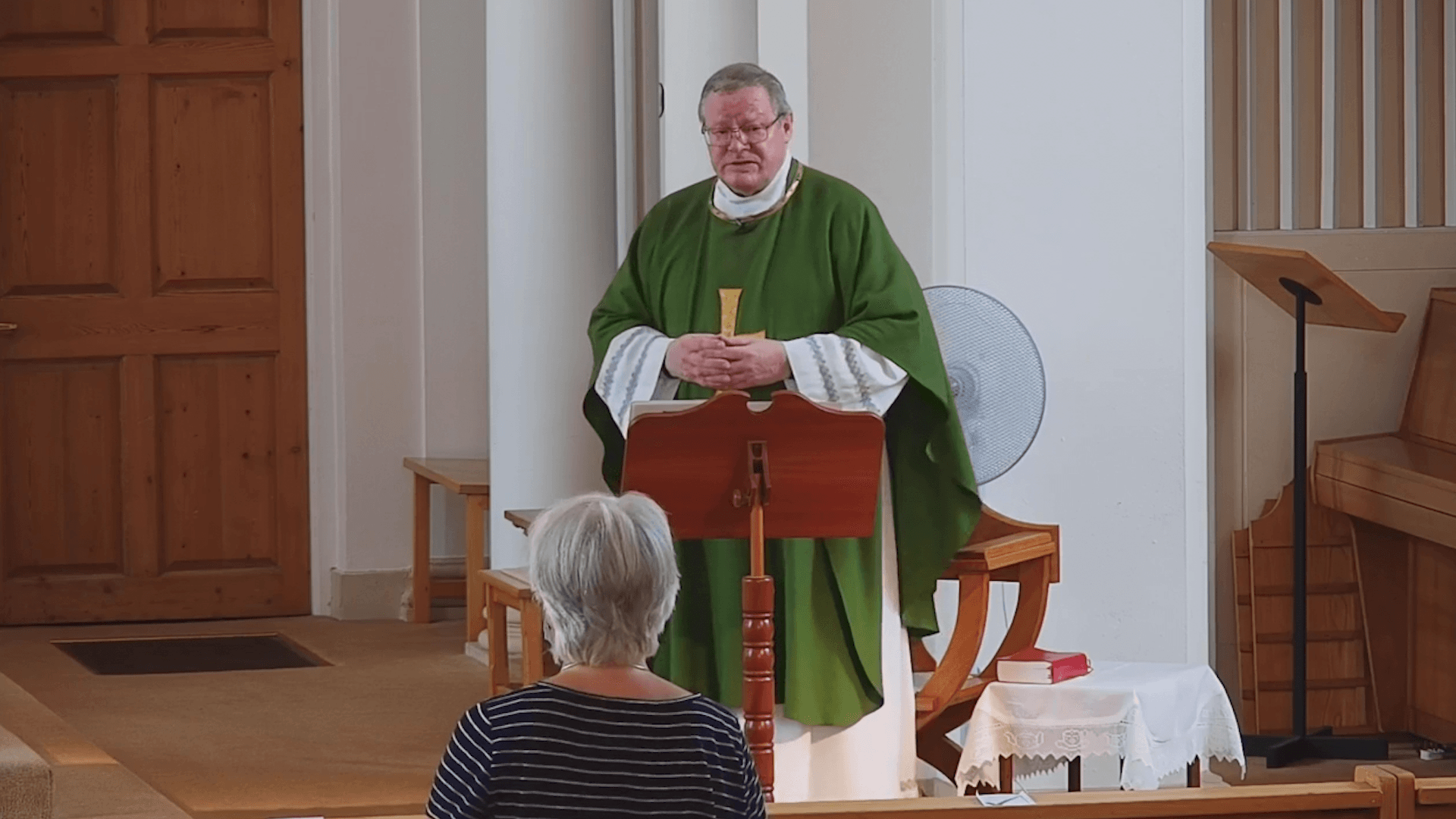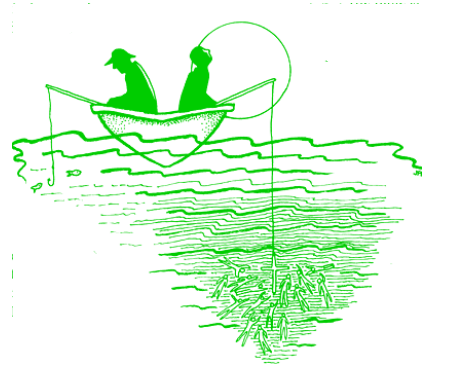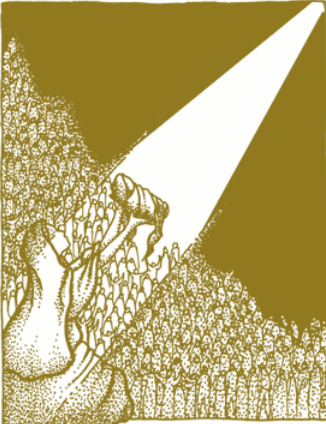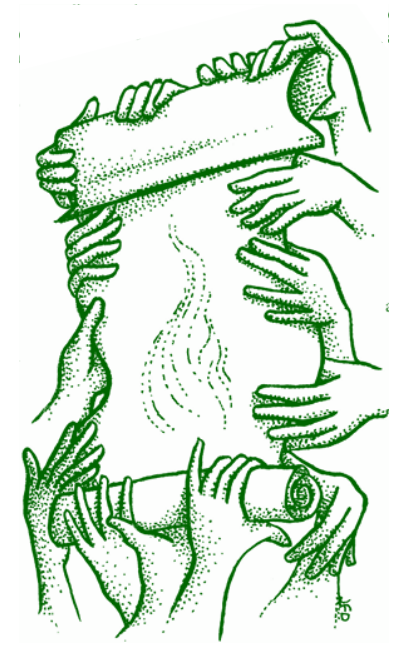










Bruno was born in Cologne of a prominent family. He studied at the Cathedral school at Rheims, and returning to Cologne about 1055, was ordained a Canon at St. Cunibert’s. He returned to Rheims in 1056 as professor of theology, became head of the school the following year, and remained there until 1074, when he was appointed chancellor of Rheims by the archbishop. Bruno was forced to flee Rheims after denouncing the archbishop in 1076 as unfit for the office of Papal Legate. He later returned to Cologne but went back to Rheims in 1080 when the archbishop was deposed, and though the people of Rheims wanted to make Bruno archbishop, he decided to pursue an eremitical life. Under Abbot Robert of Molesmes he became a hermit and moved on to Grenoble with six companions in 1084. They were assigned hermitages in a desolate, alpine area called La Grande Chartreuse. They built an oratory and individual cells, roughly followed the rule of St. Benedict, and thus began the Carthusian Order.
They embraced a life of poverty, manual work, and prayer, though as yet they had no written rule. The fame of the group and their founder spread, and in 1090, Bruno was brought to Rome, against his wishes, by Pope Urban II as Papal Adviser to reform the clergy. Bruno persuaded the Pope to allow him to resume his eremitical state, having declined the Pope’s offer of an archbishopric.
Bruno became a close friend of Count Robert of Sicily, and remained there until his death on October 6th, 1101.









